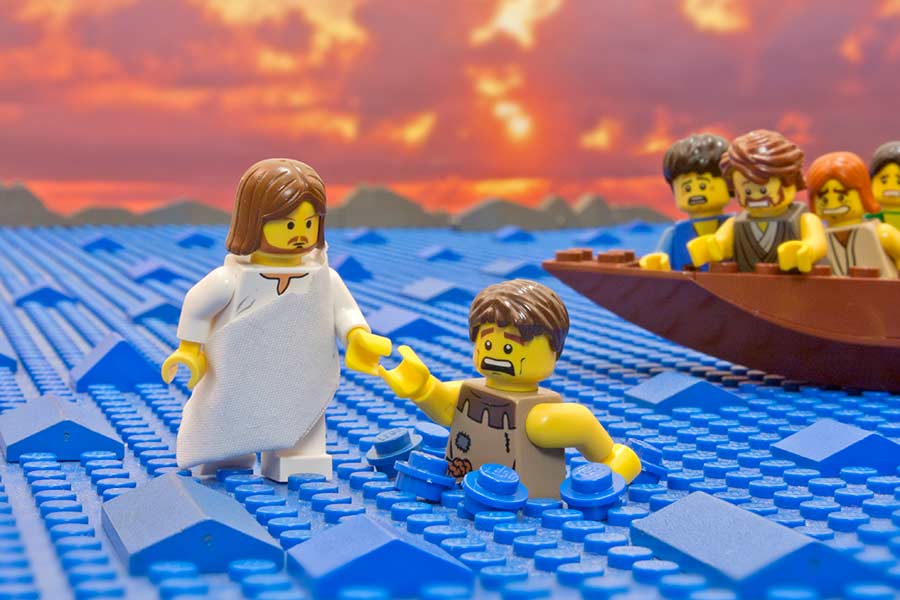Brigham Young and the Saints entered the Great Basin, a region inhabited by some 12,000 Native Americans, and they named it Deseret—a word from the Book of Mormon meaning honeybee. Young's ambition for the establishment of Mormon settlements went far beyond the confines of the Salt Lake Valley. Within four days of arriving, he sent out scouts to make "every hole and corner from the Bay of San Francisco to the Hudson bay known to us."
Young designated the spot for a temple at the center of what would become known as Salt Lake City, and the Saints immediately set about farming and building temporary housing, a meeting hall, and a fort to protect themselves from wild animals and Native Americans. Swarms of mice were such a nuisance that cats became one of the most sought after possessions in the fort.
Food was in such short supply that the Saints resorted to shooting hawks and crows for food, or eating wolf meat. Some got by spending their days digging up thistle roots for the meager nutrition they could provide. In this time of desperation, great hopes were pinned on a successful harvest.
But the first summer in the Salt Lake Valley saw legions of crickets descend from the foothills and devour the crops. For two weeks the Saints attempted to drive them off with brooms and sticks, but to no avail. Finally, after much prayer, seagulls came in from off the Salt Lake and began eating the crickets. They would eat until full, vomit the crickets up, and eat some more, until finally all the crickets were gone.
Brigham Young was made governor of the provisional state of Deseret. No separation was made between church and state, and other leaders of the Church were named to fill all the roles of a civil government, regulating trade and commerce, and granting rights to natural resources. The Nauvoo Legion was reestablished, land was portioned out according to ability, and ownership of private property was limited.
The California Gold Rush of 1849 became an economic windfall as nearly all the Saints found employment offering needed services to the thousands passing through. Some parties were in such a hurry to reach the west that they would lighten their loads by discarding perfectly good provisions, tools, and appliances. The Saints would send out empty wagons to collect anything of value they left behind.
Governor Young set forth plans for the Saints to "extend our settlements to the east and west, to the north and to the south,” and for them to “build towns and cities by the hundreds". The Ute tribe of Native Americans who inhabited the fertile Utah Valley put up resistance to the southward encroachment of the Saints, but were badly defeated by the Nauvoo Legion at the Battle of Fort Utah, paving the way for settlements to be established there over the next two years, displacing many native peoples.
In an attempt to avoid the sort of direct management by the federal government that a territorial status would bring about, the Saints sent a formal petition for statehood to Washington, DC, for Deseret—defining it as a vast stretch of land incorporating all of present-day Utah plus nearly all of Nevada and Arizona, as well as parts of California, Colorado, New Mexico, Oregon, Idaho, and Wyoming. It was championed in Congress by Stephen A. Douglas.
At the behest of a Missourian senator who thought "Deseret" sounded too much like the word "desert", the name of the body of land under consideration was changed to Utah—named after the Ute tribe of Native Americans living there. But because the southern states would not allow the creation of another "free" state to upset the balance of power in Congress, in September of 1850, President Millard Fillmore signed a bill incorporating Utah as merely a territory.
NEXT:
Also from the creator of The Brick Book of Mormon:

